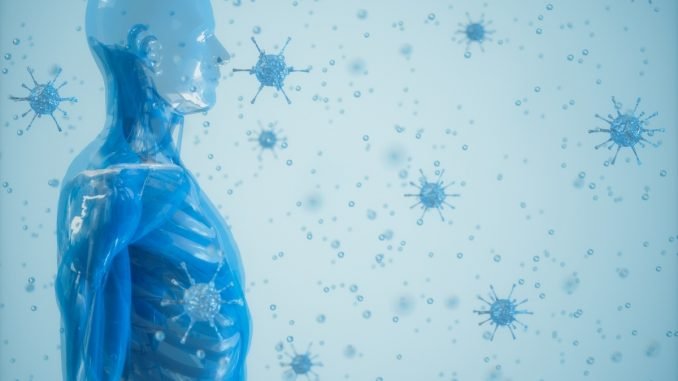
Though it has been known for decades that plasmids are to blame for antibiotic resistance, this is the first time a toxin-antitoxin system has been linked to plasmid replication.
Toxin-antitoxin (TA) systems are now known to negatively control plasmid replication, according to Thomas Wood, Biotechnology Endowed Chair and professor of chemical engineering in the Penn State College of Engineering.
Plasmids, or extra-chromosomal bits of DNA, allow bacteria to evade antibiotics, making the antibiotics ineffective in halting a bacterial infection.
The presence or absence of plasmids impacts a bacterium’s resistance to antibiotics and its ability to cause infection — important points related to fighting bacterial infections, according to Wood.
“Each year, there are at least 700,000 deaths worldwide because of bacterial infections, a growing number that is projected to increase to 10 million by 2050,” said Wood.
“And of course, the effectiveness of antibiotics is critical to healing from any type of bacterial infection,” added Wood.
Wood and his colleagues detail one function of a certain toxin-antitoxin system, known as PrpT/PrpA, in a recent issue of the Proceedings of the National Academy of Sciences. The antitoxin, PrpA, prevents plasmids from replicating too many or too few copies, which then leads the bacterium to resist antibiotics at the cellular level.

“Though they are not alive, plasmids are selfish in their behaviors. The plasmid seeks to stay in bacterial cells, so it very carefully controls the number of copies it creates; not too many copies that it becomes a burden to the bacterial cell, and not too few that some bacteria cells do not have a copy,” said Wood.
Though it has been known for decades that plasmids are to blame for antibiotic resistance, this is the first time a toxin-antitoxin system has been linked to plasmid replication.
“The antitoxin acts as an unexpected player in the negative control of plasmid replication,” said Wood.
While dozens of toxin-antitoxin systems exist in each type of bacteria, as in the case of well-studied E.coli, researchers are only now learning what they do, according to Wood.
To help with classification and organisation, Wood and his colleagues recently published a paper in ‘Trends in Microbiology’ to help order all seven ways antitoxins interact with toxins.
During the course of his career, Wood has discovered and named the first type in category V and the first two types in category VII — including the HEPN/MNT system.
